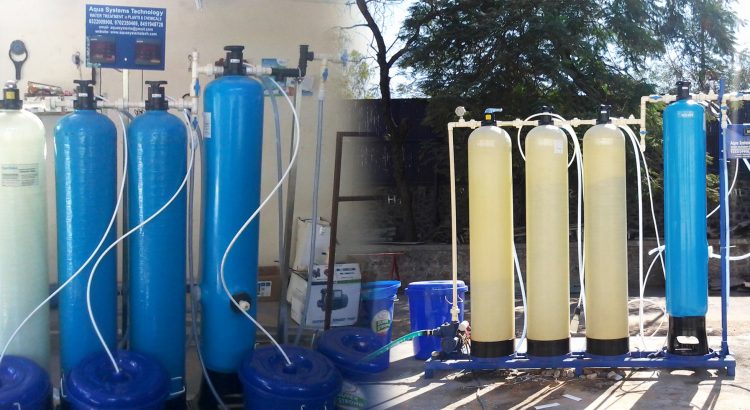Since there are many different methods of water purification, the technology of water purification is different. To solve it, let’s talk about this in more detail. One by one we will look at the various technologies and methods that underlie many types of water purifiers.

Distilled water is a very old system
The water is brought to a boil, and the steam is collected by condensation in another container. Everything that has a boiling point higher than water will also be collected in the second container, and everything that has a lower boiling point will remain in the original container. This means that healthy minerals and nutrients are removed, and chemicals remain. Time has brought us more effective water treatment methods.
A moderately effective water treatment technology is a microporous membrane. It is basically a sieve that consists of three parts. The first part takes on most of the hardest things, the next – the good things, and finally the third screen – all that remains. The disadvantage of this system is that it does not eliminate chemicals.
The next on our list of water filtration technologies is ultrafiltration. Based on molecular theory, he uses a thin membrane, similar to a chemically engineered sieve. Anything larger than the membrane is trapped and removed, but these water treatment methods also suffer from the inability to remove chemicals.
An effective Techfor desalination (and few others) is reverse osmosis. Basically, water under pressure passes through a semi-porous membrane. A drawback of reverse osmosis-based water treatment methods is that the design cannot filter anything lighter than water (chemicals), and anything heavier than water is excluded indiscriminately. It also consumes a lot of water and takes a lot of time.
A new cleaning technology is electrodeionization. This is a good way to remove chemicals from the system. The disadvantage of ion-based methods is that water must be filtered out for proper operation. Therefore, an effective electrodeionization filtration system requires at least one more filter for efficiency.
If bactericidal water treatment is all you need, you can bombard the water with ultraviolet radiation. A simple water purification technology, water is placed in a tank under several low-pressure mercury lamps that generate 254 mm of ultraviolet light, eliminating any traces of germs or bacteria.
The most effective methods of water treatment
One of the oldest developed during the First World War, revolve around activated carbon. Water passes through an extremely porous carbon composite membrane that blocks many particles and chemicals without removing beneficial minerals. The only drawback is that the activated carbon membrane must be replaced regularly.
This was a brief description of water purification technology. Everyone has their own advantages and disadvantages. Some systems may require the collaboration of several systems. There are still ways to clean the water, but we have covered those who really do something.


